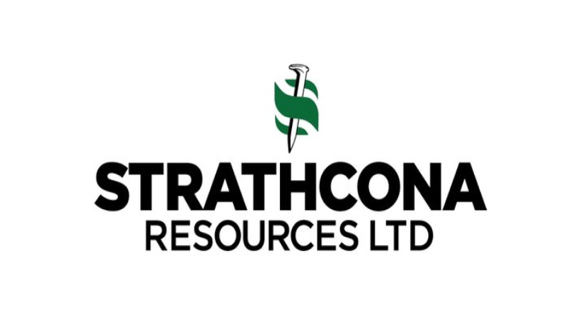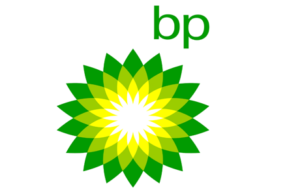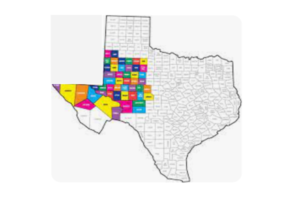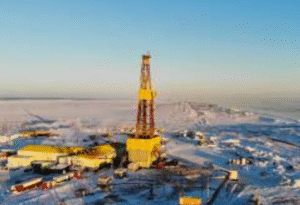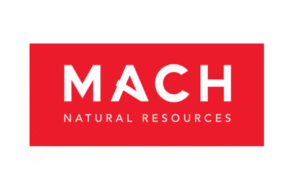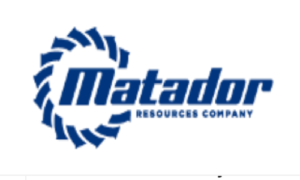About
Through a series of moves in the past five years, Waterous Energy Fund has grown Strathcona Resources Ltd. into one of the largest private equity-backed petroleum producers in North America.
Strathcona, owned by Waterous Energy Fund and Strathcona employees, is now pumping out about 110,000 barrels of oil equivalent (boe) per day, with a sizeable chunk coming from the oilsands.
On Monday, Waterous Energy Fund announced it has closed the amalgamation of Strathcona with Caltex Resources and completed the previously announced acquisition of the Tucker thermal oilsands asset from Cenovus Energy — and has plans for the future.
Strathcona’s perspective, there is growth on the horizon.
In mid-December, it bought the Tucker thermal oilsands asset from Cenovus Energy for $800 million. Tucker produces about 19,000 barrels per day (bpd), while Caltex pumps out about 13,000 bpd of heavy oil in Alberta and Saskatchewan.
In 2019, Strathcona acquired Pengrowth Energy Corp., bought Osum Oil Sands Corp. in 2020, and snapped up assets in the Montney formation last July.
Strathcona now has about 450 employees. Oilsands production makes up about 50,000 bpd of its output, with another 25,000 bpd coming from heavy oil operations, said company CEO Rob Morgan.
“What we like about the acquisitions we’ve done is they come with established infrastructure so … there are some small investments we can make and basically boost output,” Morgan said.
“We have about 10,000 barrels per day we might grow across into 2023, and perhaps another 10,000 a day of those similar opportunities we’d grow beyond that.”
Strathcona Resources Ltd. Well Permits & Wells Spud
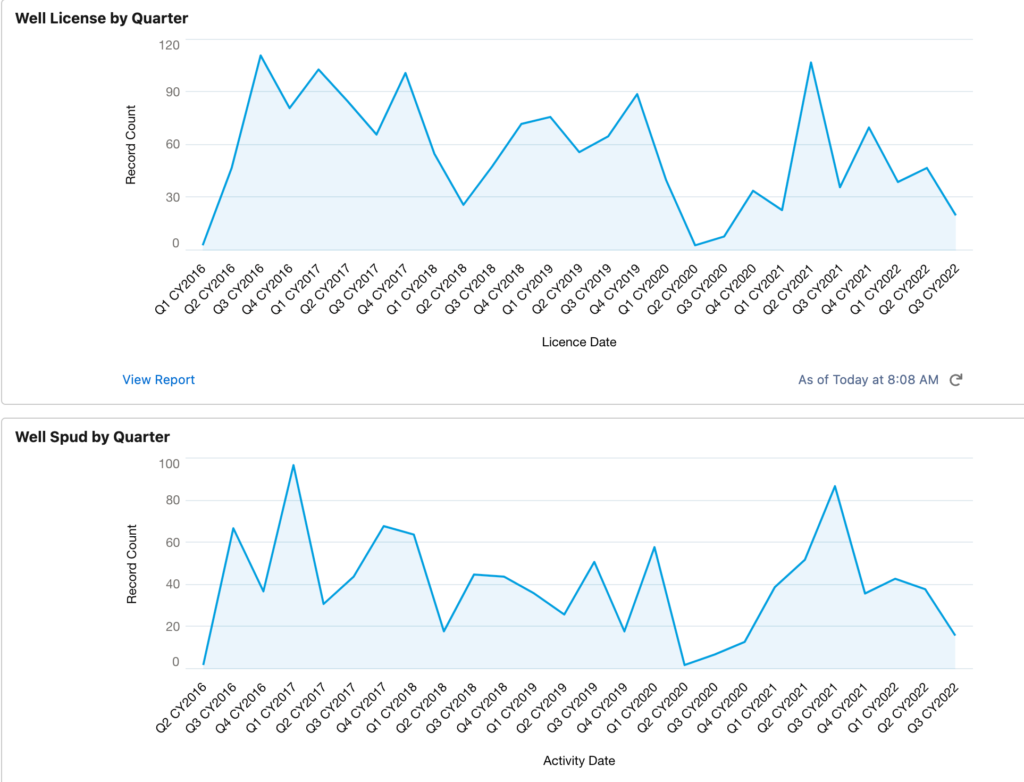
Strathcona Resources Ltd. Permit Report Download
Strathcona Resources Wells Drills Last 2 Years
Strathcona Resources Facility Permits
Strathcona Resources Ltd. Areas of Operation
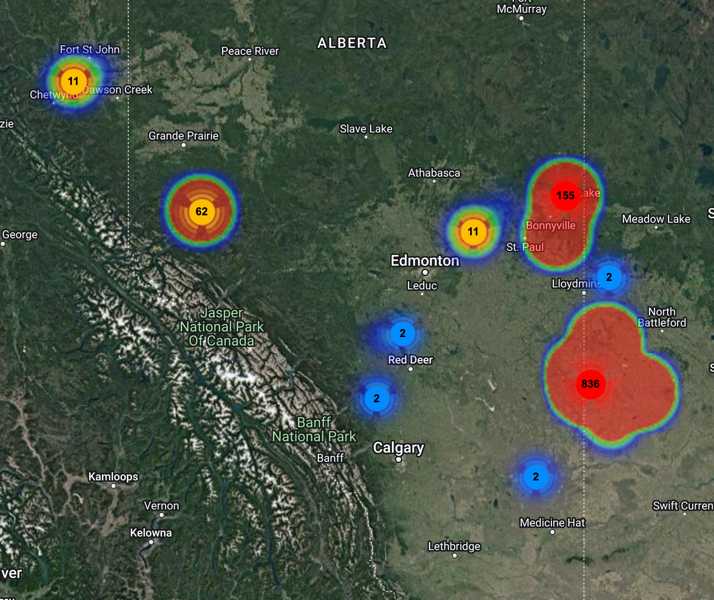
Strathcona Resources Ltd. Acquisition Map
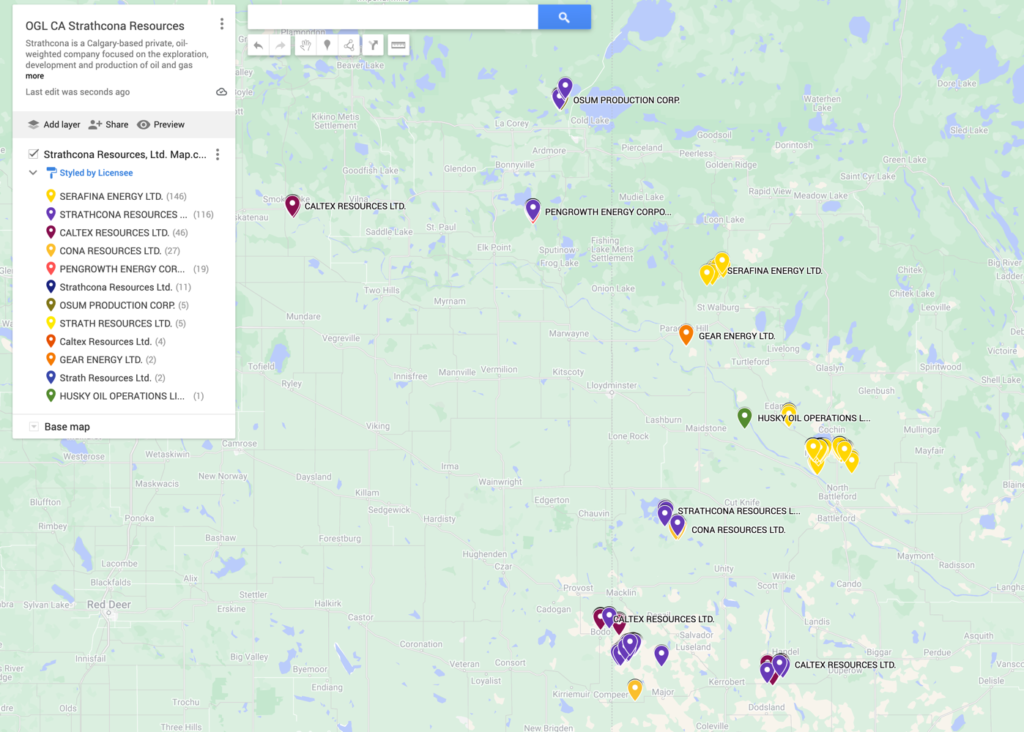
Viking
The Viking is an established oil play that has produced oil and gas from conventional reservoirs since the 1950’s. From a geological point of view, the play has been delineated by more than 8,000 vertical wells. This is a low risk light oil resource style play with a large amount of original oil in place that is second only to the Cardium and has one of the lowest recoveries estimated at ~4%. The formation covers a large part of western Canada and extends over most of Saskatchewan. It is mostly gas bearing with oil production restricted to west-central Saskatchewan in the Kindersley-Dodsland area.
Oilsands
Canada’s oil sands are the largest deposit of crude oil on the planet. The oil sands (or tar sands as they are sometimes inaccurately referred to), are a mixture of sand, water, clay and a type of oil called bitumen. Thanks to innovation and technology we can recover oil from the oil sands, providing energy security for the future.
Canada’s oil sands are found in three regions within Alberta and Saskatchewan: Athabasca, Cold Lake and Peace River, which combined cover an area more than 142,000 square kilometres (km2). Contrary to some exaggerated reports, the current active mining footprint is about 1,030 km2 – an area slightly larger than the City of Calgary.
Our 100 percent-owned Tucker asset is one of our four oil sands projects in northeastern Alberta and achieved first oil in 2006. Tucker is about 30 kilometres northwest of Cold Lake, Alberta. The reservoir at Tucker sits about 450 metres below the surface.
Montney
Montney Formation is a major shale gas and tight oil resource. … This estimate makes it one of the largest known gas resources in the world and equivalent to 145 years of Canada’s 2012 consumption. Gas is produced from the Montney Formation in both British Columbia and Alberta.
Oil Gas News

